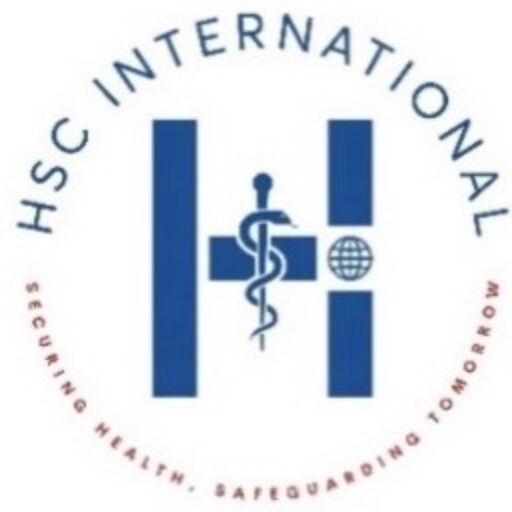With H5N1 posing rising global risks, HSC International’s 360° Webinar Series launched its first session—H5N1: Global Risks & Response—in partnership with People’s University, Bhopal, India. Nearly 100 participants, including top experts in biosecurity, virology, and public health from India, the U.S., and beyond, joined this dynamic collaboration to tackle an urgent threat.
Key Insights from the Session
The Global Evolution of H5N1 & Influenza A
Experts traced the history of influenza A viruses, from the devastating 1918 H1N1 pandemic to modern strains like H5N1 and 2009’s H1N1. Antigenic drift and shift—small mutations and major genetic leaps—continue to spark novel outbreaks, demanding relentless global surveillance. The growing overlap of wild birds, livestock, and humans, like recent spillovers in U.S. poultry, was flagged as a prime driver of zoonotic risks.
H5N1 in India: Understanding the Risk Landscape
India has faced recurring H5N1 outbreaks, and People’s University, Bhopal, is leading the charge in public health research. A chilling case study from Nagpur’s Gorewada Rescue Centre—where 10 tigers and leopards died from HPAI H5N1 in 2024—revealed the dangers of cross-species transmission. Experts called for One Health strategies to boost surveillance, streamline outbreak responses, and align policies across sectors.
H5N1 & the U.S. Livestock Industry: Biosecurity Challenges
Dr. Raymond Rowland shared a U.S. perspective, contrasting biosecurity risks in industrial farming with smallholder setups. High-density animal confinement in factory farms amplifies pathogen diversity, transmission, and zoonotic spillover potential. Robust protocols—farm hygiene, restricted animal movement, and early detection—emerged as critical defenses against escalating threats.
The Latest CDC H5N1 Update (February 2025)
- 68 confirmed U.S. cases—a 30% rise since January
- Primary exposure sources:
- 41 cases linked to dairy herds (cattle)
- 23 from poultry farms and culling operations
- 1 from another animal exposure
- While human-to-human spread remains minimal, experts warn of risks from stable virus traces in milk and contamination via milking equipment.
H5N1 as a Pathogen of Global Concern
Stronger virologic surveillance—of birds, poultry, marine mammals, and humans—is vital to avert future pandemics. Experts emphasized data sharing, rapid virus analysis, and international teamwork, spotlighting the WHO’s Global Influenza Surveillance and Response System (GISRS) as a gold standard for monitoring influenza threats worldwide.
Key Takeaways & Next Steps
✅ Global cooperation is non-negotiable for pandemic preparedness.
✅ Surveillance at the human-animal interface is critical to stopping outbreaks.
✅ Pasteurization of milk is a game-changer in curbing dairy-related risks.
✅ Industrial livestock systems heighten zoonotic threats, needing tougher biosecurity.
✅ Real-time data sharing and smart regulations will shape our defense against future pandemics.
What’s Next?
Session 2: Biosecurity Implementation for India
The next webinar will dive into urban and rural biosecurity strategies, featuring case studies on smallholder farms and global best practices tailored to India’s unique agricultural landscape.
Stay tuned for more on One Health, emerging infectious diseases, and pandemic preparedness!
Follow HSC International & People’s University, Bhopal, India, for updates.

